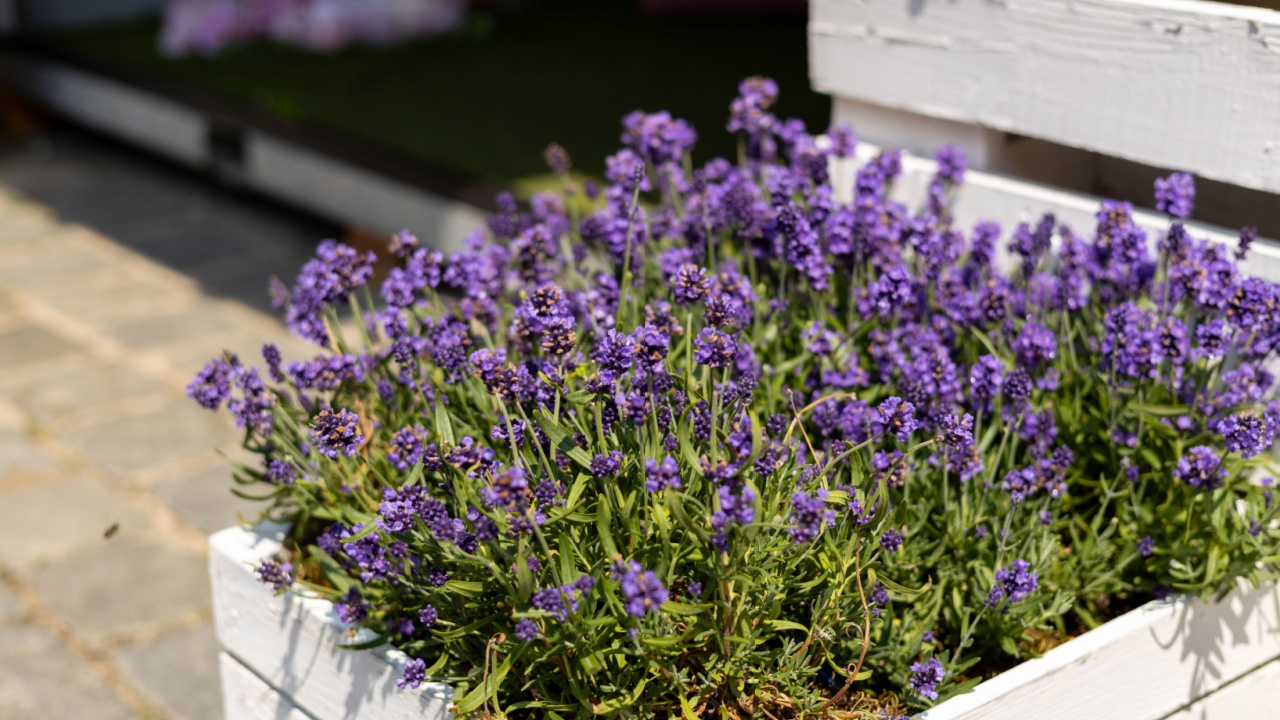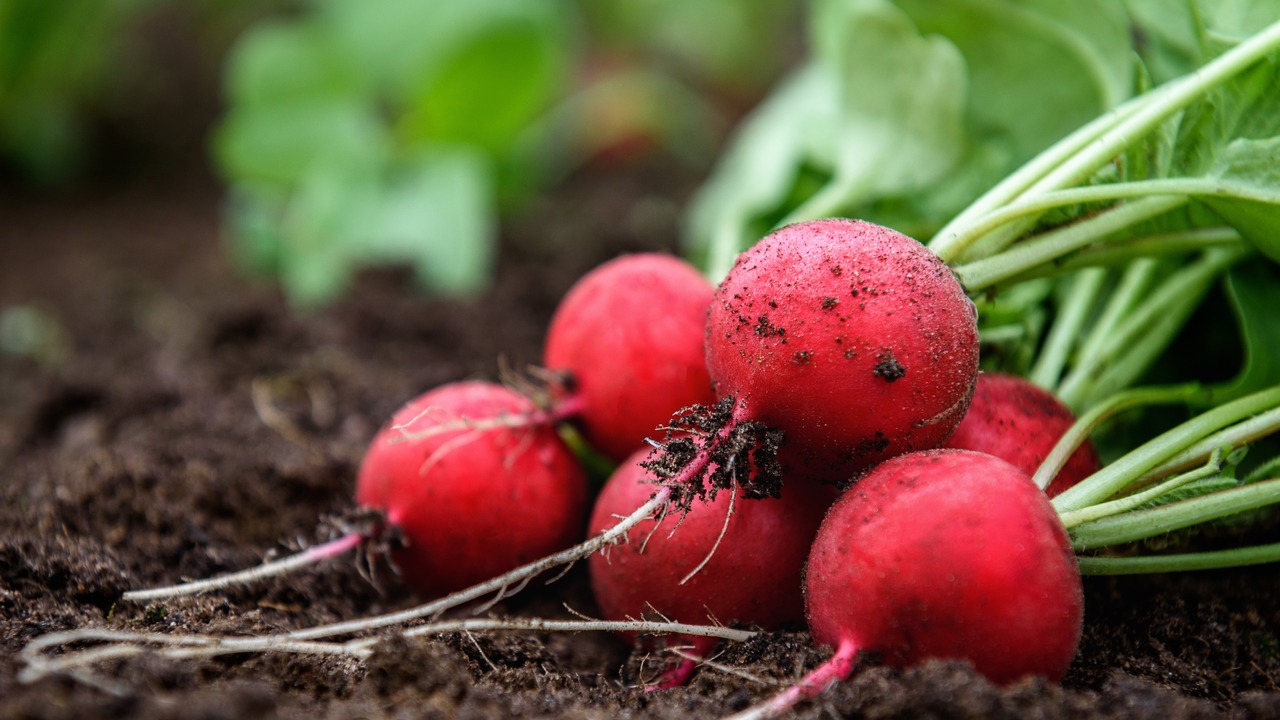Nasturtiums are more than just a pretty face in the garden—they’re hardworking companion plants with a reputation for being both decorative and useful.
These flowers brighten up beds, borders, and containers with their jewel-toned blooms, while also serving as natural pest control by luring away aphids and other destructive insects from nearby crops. As a bonus, both the leaves and flowers are edible, adding a fresh, peppery bite to salads and homemade garnishes.
Whether you’re planting a vegetable patch or designing a pollinator-friendly garden, here are the best companion plants to grow alongside nasturtiums for a healthier, more harmonious space.
1. Marigolds

Image Credit: Shutterstock.
Marigolds are a gardener’s best friend. Their vibrant colors add beauty to the garden, and their strong smell keeps bunnies away. They are perfect planted in the garden with nasturtiums.
2. Chives

Image credit: YAY Images.
This partnership enhances the flavor profiles of each plant. They co-grow effortlessly, providing a robust defense against common garden pests while enriching the garden’s taste and aroma. It’s a simple yet effective strategy for a healthier, more vibrant garden.
3. Lavender

Image Credit: Shutterstock.
Its fragrant presence creates an environment in which nasturtiums thrive. Diverse pollinators are drawn to the vibrant blooms of both, enhancing garden health and vitality.
How to grow lavender for fun and profit.
4. Wildflowers

Image Credit: Shutterstock.
By attracting a diverse array of pollinators, wildflowers ensure that nasturtiums flourish. This symbiosis brings a vibrant ecosystem to your garden. You might observe bees, butterflies, and other beneficial insects being drawn in greater numbers.
5. Basil

Image Credit: Deposit Photos.
Basil wards off unwelcome visitors like aphids and mites with its potent aroma. This makes it an invaluable ally for nasturtiums. Adding these two plants promises a garden less troubled by pests and rich in flavors.
6. Cucumbers

Image Credit: Shutterstock.
Nasturtium is known to deter cucumber beetles and other garden pests. Also, the pollinators nasturtium attracts are essential for cucumber flowering and fruit development.
7. Beans

Image Credit: Shutterstock.
The vibrant blooms of nasturtium help beans flourish by keeping away the bad bugs and attracting good bugs. This plant pair is great for so many other plants in the garden, since beans help improve nitrogen content in the ground as a cover crop too.
8. Radishes

Image Credit: Shutterstock.
Since radishes like a bit of shade, pairing them with nasturtiums is perfect. Nasturtiums can act like ground cover, keeping the soil moist.
If you have never had radish seedpods, you need to try them. Here are 9 delicious ways to use radish seed pods.
9. Carrots

Image Credit: Deposit Photos.
Just because the part we most commonly eat on carrots grows under the ground, doesn’t mean it isn’t susceptible to bugs with wings above the soil. Carrots suffer less from carrot flies and grow more vigorously in the presence of nasturtiums.
10. Celery

Image credit: DepositPhotos.
Nasturtiums can be used as sacrificial plants to lure aphids away from celery and other vegetables. It’s a great way to keep the food you want to eat free of these pesky bugs.
11. Peppers

Image Credit: Shutterstock.
The nasturtium flowers add bursts of vibrant color to pepper plants, attract pollinators, and deter many pests that can ruin a pepper crop. That’s a triple win!
12. Tomatoes

Image Credit: Shutterstock.
The scent of nasturtium repels insects that would eat your tomatoes: that means the insects move on once they smell it.
How to grow tomatoes in containers.
13. Kale

Image Credit: Shutterstock.
Pairing these two works to increase the kale crop. Again, it can also lure aphids away from these tasty leaves.
14. Broccoli

Image Credit: Shutterstock.
Who hasn’t lost a head of broccoli overnight to a swarm of bugs hiding in the stems or under the leaves? Planting nasturtium with broccoli will decrease aphids and cabbage worms and add a pop of color to your veggie garden.
15. Peas

Image Credit: Shutterstock.
Attract beneficial insects to your pea plants with one or two nasturtium plants, and get two delicious ingredients for your salads. It will be a pollinator paradise.
What Not To Plant With Nasturtiums

Image Credit: Shutterstock.
Not all plants get along in the garden: some, like rosemary and sage, need less water than nasturtiums, while others, such as mint, have aggressive root systems that can easily overwhelm them.
How To Plant Nasturtium

Image Credit: Shutterstock.
If you have never planted nasturtium, a quick and easy guide to planting, growing, and harvesting nasturtium is all you need. You can start them indoors if you have a short growing season, although they prefer to be sown directly after the last frost.
Once they are in the ground, warm temperatures and enough water will help them bloom in a month or two.
Benefits of Nasturtium Companion Planting

Image Credit: Shutterstock.
Just in case you’re still not sure whether these flowers are a fit for your garden, here’s an overview of their potential benefits:
- Nasturtium companion planting provides numerous benefits, including pest control, nutrient sharing, and vibrant colors that enhance the garden’s visual appeal.
- As natural pest repellents, nasturtiums reduce the prevalence of aphids, whiteflies, and squash bugs. This makes them an effective form of pest control.
- Additionally, their deep-rooting system brings nutrients from deeper soil levels, which benefits shallower-rooted plants nearby.
- The bright flowers of nasturtiums add a pop of color to the garden, creating a visually appealing and vibrant atmosphere.


